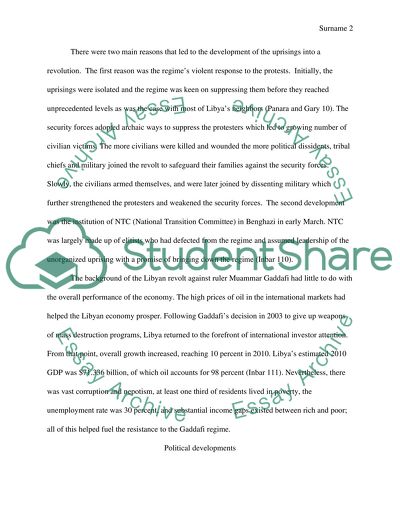Cite this document
(“Political structure of libya in the past and its current challenges Research Paper”, n.d.)
Retrieved from https://studentshare.org/history/1471756-political-structure-of-libya-in-the-past-and-its
Retrieved from https://studentshare.org/history/1471756-political-structure-of-libya-in-the-past-and-its
(Political Structure of Libya in the past and Its Current Challenges Research Paper)
https://studentshare.org/history/1471756-political-structure-of-libya-in-the-past-and-its.
https://studentshare.org/history/1471756-political-structure-of-libya-in-the-past-and-its.
“Political Structure of Libya in the past and Its Current Challenges Research Paper”, n.d. https://studentshare.org/history/1471756-political-structure-of-libya-in-the-past-and-its.


